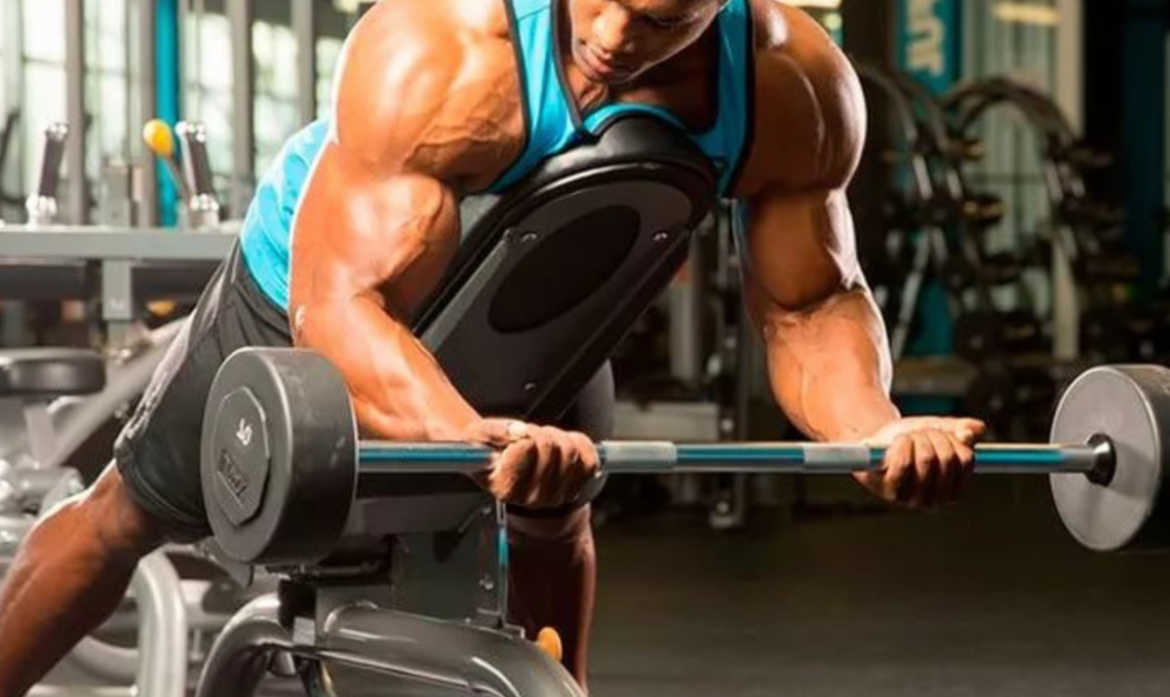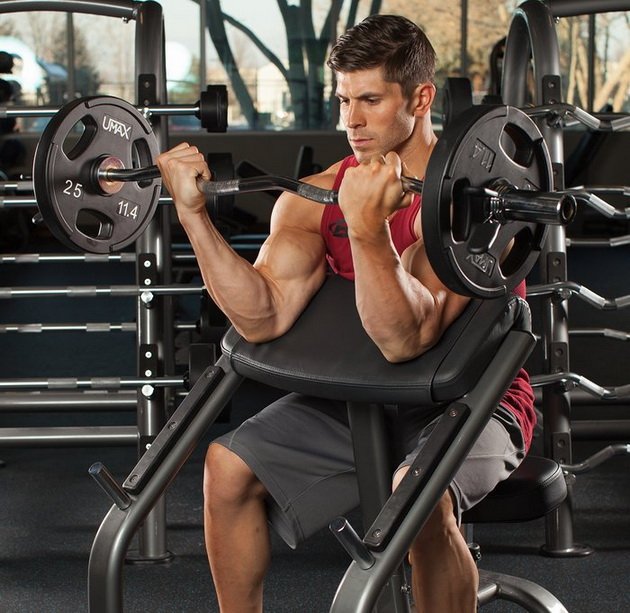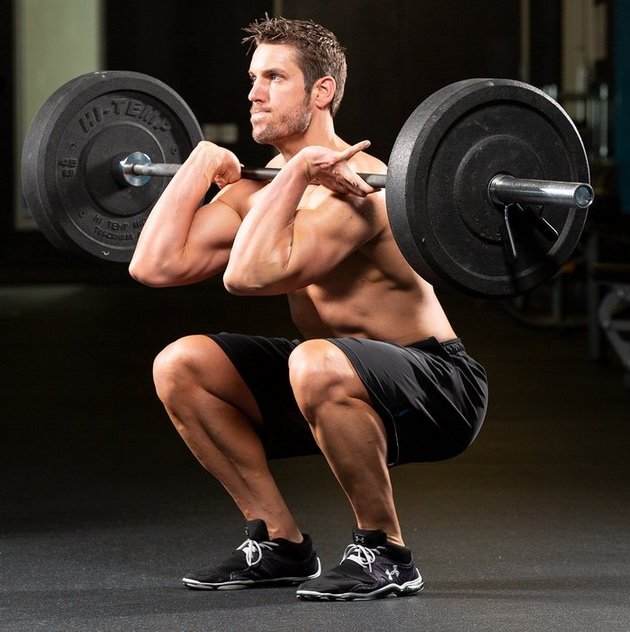
Ideal range of motion for muscle growth – expert advice
When muscle growth is at stake, should you train at full range of motion, or are partial reps better? Here’s what science thinks about it.
Proper manipulation of strength training variables is the key to maximizing muscle growth. While training volume, working weights, and training frequency are constantly at the center of attention, another variable that should not be discounted is the range of motion. In other words, amplitude is the extent, or range, of movement in a single joint during an exercise.
There is strong evidence that working with full range of motion is more effective in stimulating muscle development than partial repetitions. For example, scientists from Brazil concluded that lifting the barbell for biceps on the Scott bench in the range of 0 to 130 degrees (full amplitude) of flexion at the elbow joint leads to a noticeably greater increase in biceps compared to lifting in the range of 50 to 100 (partial reps) degrees of flexion at the elbow. Subjects in this experiment trained for 10 weeks. Not only that, better results were achieved despite a 36 percent lower load volume in the full-range lift group.
Similar results were obtained for lower body exercises. A recent 12-week study found that doing deep squats (0 to 120 degrees of knee flexion) significantly increases lean mass, while shallow squats (0 to 60 degrees of knee flexion) do not significantly increase muscle mass. In addition, deep squats increase the cross-section of muscle fibers across the entire front of the thigh, while shallow squats stimulate hypertrophy only in the uppermost regions.
What I would like to draw special attention to here is the equal load in both groups. Each group trained at their maximum for the experimental conditions. In other words, the shallow squat used heavier weights, but the hypertrophy was more pronounced in the full range group. These findings are corroborated by other studies on the topic, which indicate a clear benefit of full range of motion training.
Given all these discoveries, it seems that each rep is best done with full range of motion. The question is closed, there is no need for further discussion, is it?

Not really, don’t jump to conclusions …
There is research that proves the definite benefit of training in the lower part of the range of motion when the muscle is in a state of maximum stretch (that is, the greatest length of muscle fibers). One experiment found that doing a leg extension with stretched muscles (40 to 90 degrees of knee flexion) resulted in significantly more quadriceps growth compared to a group that trained with short muscles (0 to 50 degrees of knee flexion). The exact figures are 53% weight gain and 18%, respectively. It is important that the working weights were equal, as was the total amount of work performed by each group.
Given that other researchers are reporting similar results, this suggests that it is advisable to work in the lower range of motion with a full extension of the target muscle, especially when the goal is to maximize muscle mass.
It is important to understand here that when choosing the range of motion, you do not need to be guided by the “either-or” principle. Experiments indicate that the degree of muscle activation is influenced by the angle at the joint during exercise. For example, the vastus lateralis muscle is more active in the initial knee extension phase, while the vastus medialis muscle is more active in the final extension phase. By analogy, the initial phase of the biceps lift activates the long head to a greater extent, while the short biceps head is better developed in the final stage of the lift.
These findings lead us to believe that combining different ranges of motion can be beneficial in terms of optimizing muscle development. Moreover, since you can lift heavier weights in repetitions with a shorter amplitude, the inclusion of partial reps in training can further stimulate muscle growth by increasing mechanical stress in the muscles being worked.
So, if you want to gain muscle mass, try to take the following lesson from this article – the lion’s share of the exercises should be performed with full range of motion, and special attention should be paid to the position with maximum muscle stretch. In some exercises, you can do partial repetitions to generate additional growth stimuli; even a few heavy sets per week, done in the strongest part of the range, can help maximize growth.

